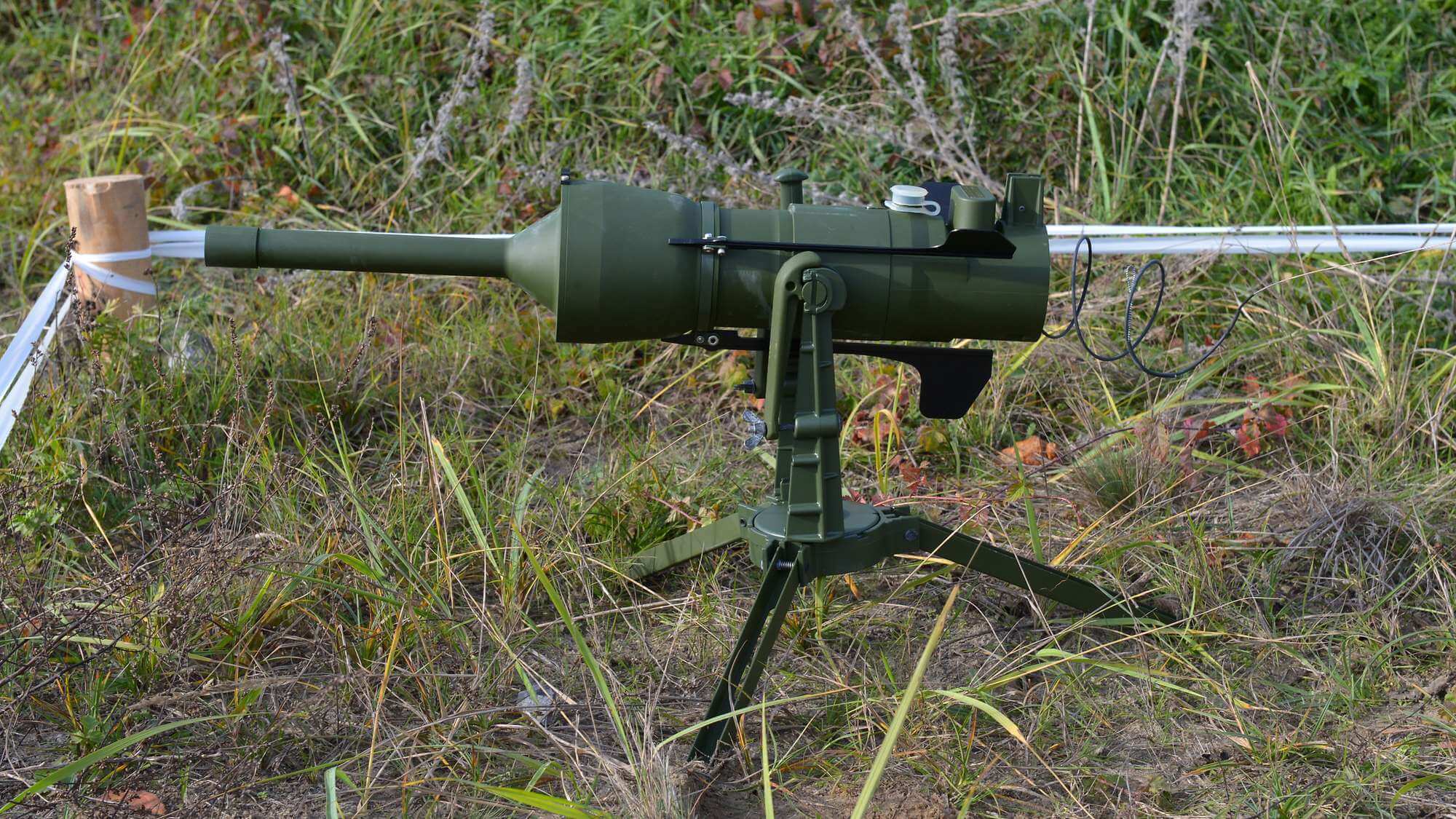
The battlefield employment of large numbers of ground mines has been a key part of the Russian defences faced by Ukraine in their attacks.
The overwhelming number of these mines have been ground laid mines. The heavy of these are initiated by the pressure of a tank or other vehicle driving over the mine. The detonation of the mine can disable or destroy the vehicle; however, the primary objective of a minefield is to deny passage of an enemy and to delay and slow them do that they can be engaged by artillery and other weapons. These anti-tank mines are simple but must be laid in large numbers to adequately cover an area. They may be buried or simply placed on the surface but should have defensive positions watching over where they are placed so as to prevent or, at least, make removal of the mines a difficult operation.
On 14 November 2023, the German Bundeswehr announced its execution of an agreement with TDW GmbH, a subsidiary of MBDA Deutschland GmbH, for the planned acquisition of an anti-tank mine of an entirely different configuration.
The PARM DM22 is an off-route anti-tank mine that uses a tripod that can be placed and concealed anywhere along a designated route. At 20 kg weight it is portable and easily installed. It can be initiated by several sensing options including an infrared sensor, a fibre-optic cable, or by command. The sensor active passive infrared (SAPIR) detects passing of a vehicle, triggering the DM22 to a rocket with a 110mm diameter anti-tank warhead against the target.
Advantages of the DM22 and other off-route mines are that a single mine can cover a much larger area in that it has a range as great as 100 meters. Thus, fewer mines are needed to cover a designated area. In addition, the mine is designed to penetrate up to 750 mm vehicle armour to destroy it with a direct hit.
The DM22 is particularly useful employed in urban areas, forests, along roads or trails, and forward of defensive positions. It can be emplaced as an unattended weapon or initiated remotely by a soldier on command in an ambush. It features a ‘lockout” that can be preset to shut-down the weapon after a predesignated number of days. This deactivates a remotely placed DM22 to assure it is not an unexpected threat to friendly forces.
The DM22 full production is being restated by TDW to meet the demands of the order which will initially be for 2,600 weapons with the first deliveries scheduled for 2026. The order is valued at EURO 68 million (US$72 million). The agreement includes options for an additional 10,000 DM22s with 1000 to be produced annually.
by Stephen W. Miller













